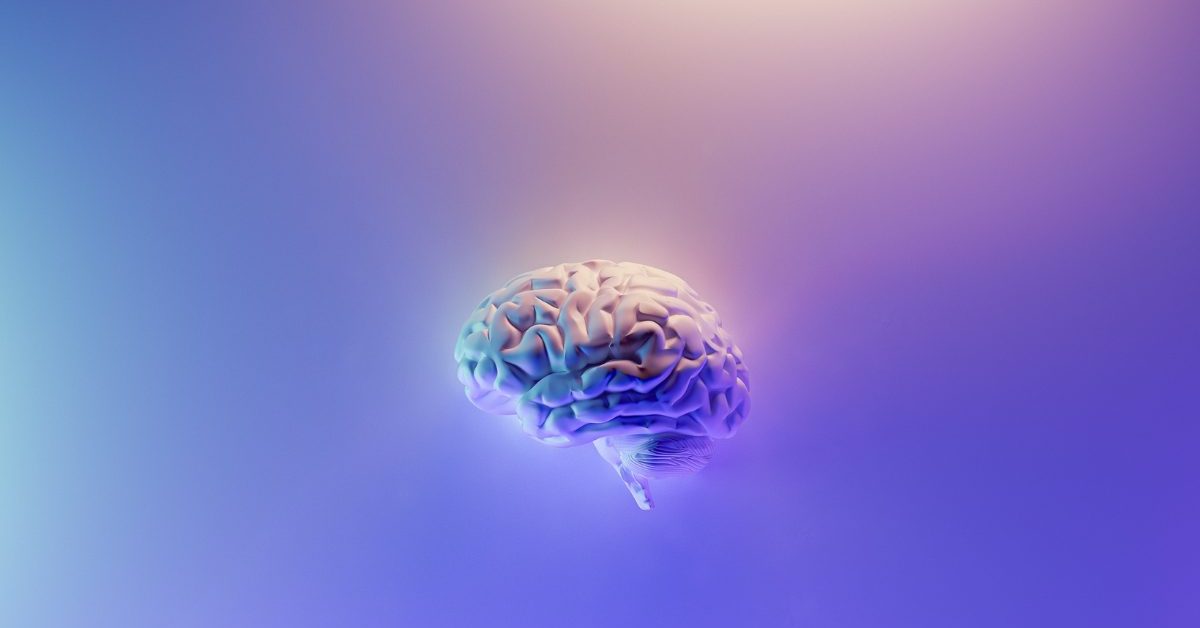
The Birth of AI.
The origins of artificial intelligence (AI) can be traced back to ancient Greek mythology, where stories of mechanical beings and animated statues were told. However, the modern concept of AI began to take shape in the mid-20th century.
In 1956, a group of researchers led by John McCarthy, Marvin Minsky, Nathaniel Rochester, and Claude Shannon organized a conference at Dartmouth College in New Hampshire, USA. This conference is widely regarded as the birthplace of AI, as it brought together experts from various fields to explore the possibility of creating machines that could mimic human intelligence.
During the 1950s and 1960s, the field of AI was focused on developing algorithms and computer programs that could solve problems and perform tasks that previously required human intelligence. This included things like playing games, recognizing patterns, and even performing basic language translation.
In the 1970s and 1980s, AI research faced a backlash as it became clear that the initial goals of the field were too ambitious and that machines were far from achieving human-like intelligence. Funding for AI research decreased, and progress slowed down.
However, in the 1990s and 2000s, AI began to experience a resurgence as researchers began to focus on developing specific AI applications such as natural language processing, computer vision, and robotics. This led to breakthroughs in areas like speech recognition, image classification, and autonomous vehicles.
Today, AI is a rapidly growing field with a wide range of applications, from virtual assistants like Siri and Alexa to self-driving cars and advanced medical diagnostics. While we are still far from creating machines that can fully replicate human intelligence, the field continues to evolve and push the boundaries of what’s possible.


